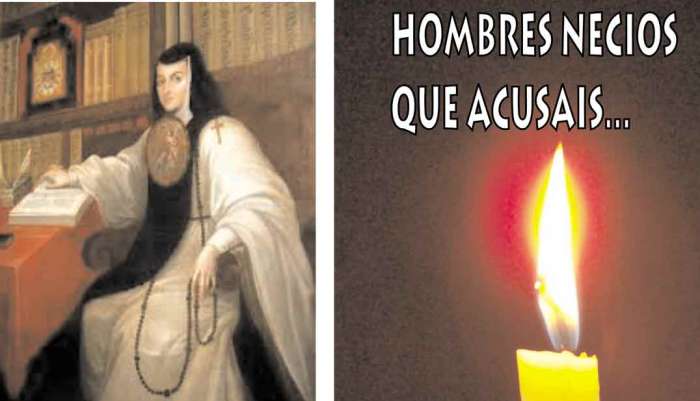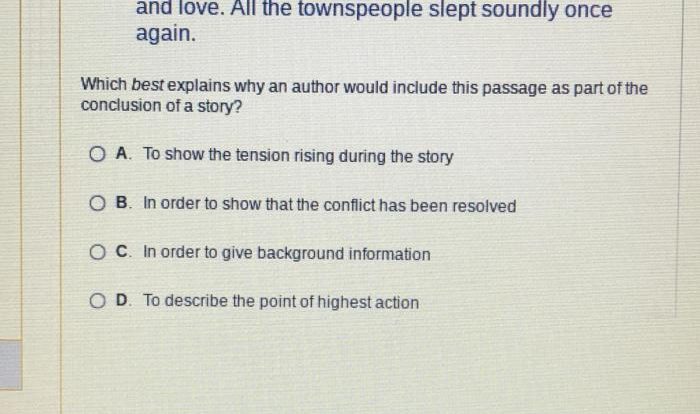Hombres necios que acusais analisis – Sor Juana Inés de la Cruz’s “Hombres necios que acusáis” stands as a literary masterpiece that critiques male hypocrisy and misogyny. Through a blend of satire and humor, the poem exposes the double standards faced by women in 17th-century society.
In this comprehensive analysis, we delve into the historical and cultural context of the poem, examining its structure, rhetorical devices, and feminist critique. We also explore the poem’s enduring relevance to contemporary issues of gender equality and social justice.
Literary Context: Hombres Necios Que Acusais Analisis
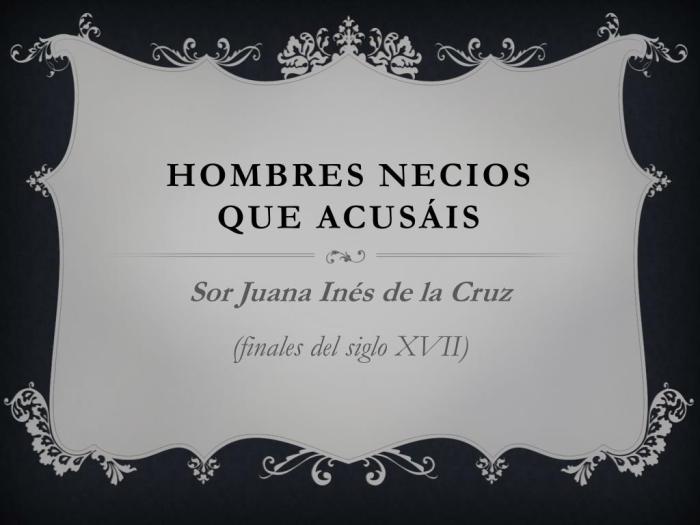
Sor Juana Inés de la Cruz, a prominent figure of the Mexican Baroque period, composed “Hombres necios que acusáis” in the 17th century. During this era, women faced significant societal constraints, with limited access to education and intellectual pursuits.
The poem’s publication in 1690 sparked a heated debate, as it challenged the prevailing gender norms and asserted women’s intellectual capabilities. Sor Juana’s contemporaries, both supporters and detractors, engaged in a lively exchange of ideas, contributing to the poem’s lasting impact on Mexican literary history.
Significance of the Poem’s Publication
The publication of “Hombres necios que acusáis” marked a watershed moment in Mexican literature. It provided a platform for Sor Juana to voice her feminist views, challenging the traditional roles assigned to women.
The poem’s bold critique of male hypocrisy and its defense of women’s intelligence resonated with many readers, particularly women who had been marginalized and silenced in society. Sor Juana’s work became a source of inspiration and empowerment for generations of Mexican women.
Impact on Sor Juana’s Contemporaries
The poem sparked a flurry of responses from Sor Juana’s contemporaries. Some, like the prominent poet Carlos de Sigüenza y Góngora, praised her wit and erudition. Others, like the conservative bishop Manuel Fernández de Santa Cruz, condemned her for her outspokenness and her alleged disregard for religious authority.
The debate surrounding “Hombres necios que acusáis” revealed the deep divisions within Mexican society regarding women’s roles and intellectual potential. Sor Juana’s poem became a catalyst for further discussion and reflection on these issues, contributing to the ongoing evolution of Mexican thought and culture.
Rhetorical Structure
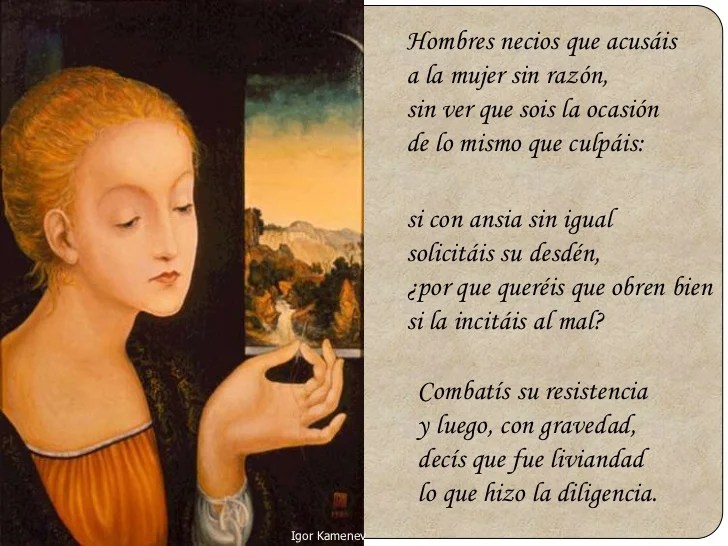
Sor Juana’s “Hombres necios que acusáis” is a complex and sophisticated poem that employs a variety of rhetorical devices to convey its message. The poem’s structure, rhyme scheme, and meter all contribute to its overall impact, while the use of antithesis, hyperbole, and irony adds depth and nuance to its argument.
Stanzas and Rhyme Scheme
The poem is composed of four stanzas, each consisting of eight lines. The rhyme scheme is ABBA ABBA, which creates a sense of unity and coherence. The regular rhythm of the rhyme scheme helps to emphasize the poem’s message, while the use of enjambment (the running over of lines) creates a sense of fluidity and movement.
Meter, Hombres necios que acusais analisis
The poem is written in iambic tetrameter, which means that each line consists of four iambs (a metrical foot consisting of an unstressed syllable followed by a stressed syllable). This meter is commonly used in English poetry and helps to create a sense of rhythm and momentum.
The use of iambic tetrameter also adds to the poem’s overall formality and elegance.
Rhetorical Devices
Sor Juana employs a variety of rhetorical devices in the poem, including antithesis, hyperbole, and irony. Antithesis is the use of contrasting words or phrases to create emphasis or tension. For example, in the first stanza, Sor Juana contrasts the “hombres necios” (foolish men) with the “mujeres doctos” (learned women).
This contrast highlights the hypocrisy of the men who criticize women for their intelligence.
Hyperbole is the use of exaggeration to create emphasis. For example, in the second stanza, Sor Juana says that women are “más que las piedras duras” (more than hard stones). This exaggeration emphasizes the strength and resilience of women.
Irony is the use of words to convey a meaning that is the opposite of their literal meaning. For example, in the third stanza, Sor Juana says that men “acusáis a la mujer sin razón” (accuse women without reason). This is ironic because it is the men who are being unreasonable in their criticism of women.
Feminist Critique
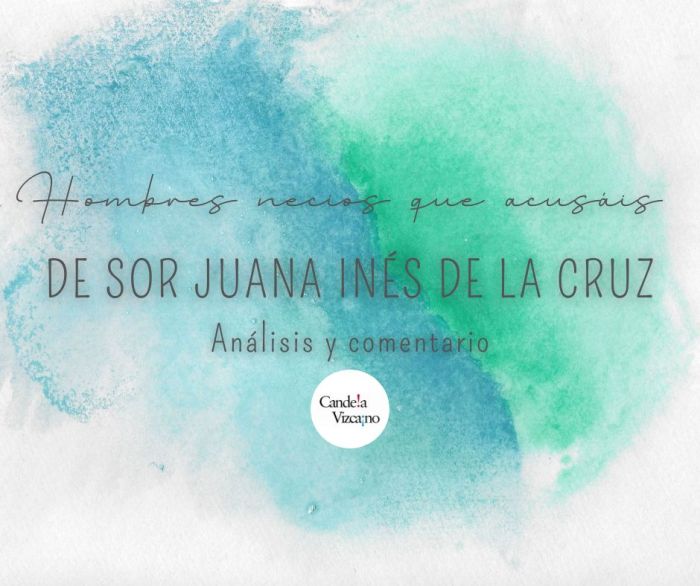
Sor Juana Inés de la Cruz’s “Hombres necios que acusáis” offers a scathing critique of male hypocrisy and misogyny. Through satire and humor, she exposes the double standards faced by women in her society, highlighting the ways in which men blame women for their own shortcomings while simultaneously denying them the opportunities and respect they deserve.
Satire and Humor
Sor Juana employs satire to ridicule the absurd and hypocritical arguments of men who accuse women of being the source of their own oppression. She uses exaggerated language and imagery to create a humorous effect, such as comparing men to “blind men who blame the light” for their inability to see.
- Exaggerated language:“Si os hallareis burlados, que el amor es niñería y que, pues en burlarlas estáis ocupados, de burlas en burlas se os irá la vida.”
- Humorous imagery:“Tened entendido que si alguna os engaña, quien lo sufre es ella; pero en vuestro daño vos solo tenéis la culpa, que enmendaros podéis, y no queréis.”
Poetic Imagery
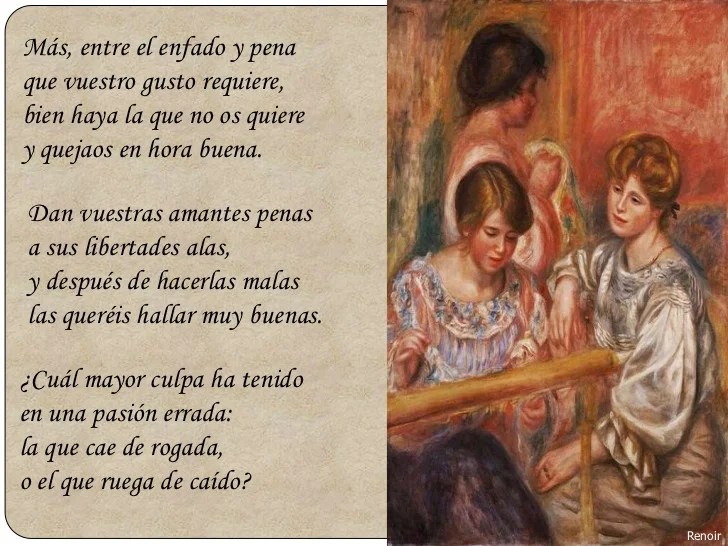
The poem employs a rich array of symbols and metaphors that enhance its meaning and impact. These literary devices create vivid imagery, inviting readers to engage with the poem’s central themes on a deeper level.
One prominent symbol is the “mirror” in the opening stanza. The mirror represents self-reflection and the act of confronting one’s own faults and hypocrisies. By using this symbol, Sor Juana challenges her male critics to examine their own actions before accusing others.
The Garden and Flowers
The poem also features a garden setting, with references to flowers and other plants. The garden can be interpreted as a metaphor for society, where different individuals and their behaviors are represented by various types of flora. The “humble” flowers, such as the daisy and the rose, symbolize the virtuous and unassuming qualities that Sor Juana believes should be valued.
In contrast, the “thorny” flowers, such as the thistle and the nettle, represent the vices and hypocrisies that Sor Juana criticizes in her male detractors. The juxtaposition of these different flowers highlights the contrast between true virtue and superficial appearances.
The Bee and the Butterfly
Another important metaphor in the poem is the comparison of men to bees and butterflies. Bees are known for their industriousness and ability to produce honey, while butterflies are often associated with beauty and frivolity. By likening men to bees, Sor Juana suggests that they should focus on their own actions and contributions, rather than criticizing others.
In contrast, the butterfly represents the superficial and inconsequential nature of many men’s criticisms. They flit from one topic to another, seeking attention and approval, without offering any real substance or value.
Modern Relevance
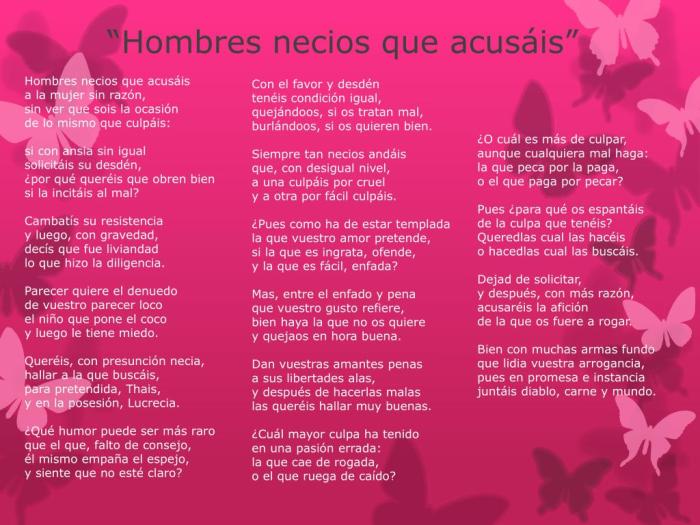
The poem “Hombres necios que acusáis” by Sor Juana Inés de la Cruz remains highly relevant to contemporary issues of gender equality and social justice. Its critique of the double standards applied to men and women and its call for women’s education and empowerment resonate strongly in today’s society.
Challenging Stereotypes
The poem challenges the prevailing stereotypes about women that were prevalent in the 17th century and continue to persist today. It rejects the notion that women are inferior to men and argues that they are capable of intellectual and moral excellence.
Sor Juana uses satire and irony to expose the hypocrisy of those who accuse women of being weak and frivolous while indulging in their own vices.
Promoting Dialogue
The poem can be used to initiate dialogue and raise awareness about the ongoing struggles faced by women. By highlighting the historical and cultural roots of gender inequality, it encourages readers to question their own assumptions and biases. It also provides a platform for women to voice their experiences and perspectives, thus fostering a more inclusive and equitable society.
Education and Empowerment
Sor Juana’s emphasis on the importance of women’s education is particularly relevant in contemporary society. She argues that education is the key to empowering women and enabling them to participate fully in society. By promoting literacy and critical thinking, we can create a more just and equitable world where women are no longer marginalized or silenced.
Key Questions Answered
What is the historical context of “Hombres necios que acusáis”?
The poem was written in 17th-century Mexico, a time of strict gender roles and social inequality.
How does Sor Juana use satire in the poem?
She employs irony and humor to expose the absurdity of male hypocrisy and the double standards faced by women.
What is the significance of the poem’s publication?
Its publication was a bold act of defiance against societal norms and helped to establish Sor Juana as a leading voice in the feminist movement.
